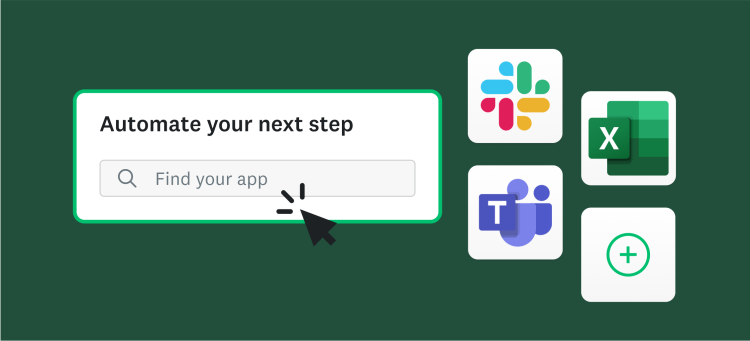September 2020 marked a SurveyMonkey milestone—our inaugural healthcare event! The one-day virtual conference featured healthcare professionals and research experts sharing their tips and best practices to drive growth and implement change using surveys.
SurveyMonkey has an established history of helping healthcare organizations collect and act on insights gained through patient feedback. Most of us have been patients at one time or another and we know the importance of a positive patient experience—from check-in to ongoing care and beyond. For healthcare organizations to innovate, adapt, and continue to deliver care and services that exceed benchmarks, collecting and acting on patient feedback can make all the difference.
As a result of the pandemic, the healthcare industry continues to face extraordinary challenges. At SurveyMonkey, we’re committed to helping our customers better navigate the present and the future of care. Read on to learn how some healthcare professionals are tackling issues related to the coronavirus, improving patient experience, and more.
Collect patient feedback securely
Explore Vital Feedback, a 2020 virtual healthcare event, to learn more about SurveyMonkey for Healthcare.
Patient experience data reveals surprising insights around telehealth service
Community Intervention Services Inc. serves 40,000 patients annually, with 1,500 clinicians providing outpatient services to underserved communities. The organization uses feedback to understand and improve the patient experience throughout the continuum of care.
Edmund Neuhaus, PhD, ABPP, and Chief Clinical Officer at Community Intervention Services, is passionate about creating value—mobilizing people, processes, and technology. “We are committed to using data to understand who we are,” he said. “[The data] creates a stronger organizational culture—it’s not just the property of leaders, management, the C-suite—the data is used to tell the story of who we are, what we do, and the results of our efforts.”
In March, when the coronavirus changed the course of business, the company had to pivot quickly to a telehealth model. According to Neuhaus, SurveyMonkey has been critical to understanding opportunities for improvement, tracking Net Promoter Score®, and establishing internal benchmarks to create value for the organization.
Hear the reaction patients had when Community Intervention Services adopted telehealth services. Catch the on-demand webinar here→
BaneCare pairs survey feedback with qualitative market research for enriched data
Timothy Carey, Director of Data and Performance Analytics at BaneCare is focused on helping his staff use data analytics to continuously improve the patient experience and quality of care. Carey says BaneCare, a skilled nursing and assisted living organization in Massachusetts, is completely data-driven. When coronavirus started to spread, it was even more critical to use data to understand what areas were being affected by the virus.
BaneCare uses CoreQ, a standardized question platform for assisted living facilities, for national data and benchmarks. But the company was looking for a way to collect data in realtime that really honed in on all stages of the patient experience from admission to discharge.
BaneCare explored a couple of different vendors but was met with high costs and very little flexibility within those survey platforms. Carey had a lightbulb moment. Why not use SurveyMonkey?
After all, our platform has been trusted by more 335,000 worldwide and now offers even more templates and resources for healthcare organizations.
Our Senior Research Scientist shares her pro tips for using surveys in healthcare
Surveys are our business and one of our top priorities is helping our customers do their best work with surveys. Erin Pinkus, Senior Research Scientist at SurveyMonkey, works closely with our product teams to make sure they’re designing new features and products that incorporate survey best practices.
Pinkus and her team know the ins and outs of what makes a great survey and how to take the feedback you’re collecting and get more value from it. In this session, you’ll learn:
- Survey tips and tricks like common question mistakes to avoid
- How to manage and collect protected health information (PHI) securely
- Methods to use logic to make questions relevant and improve data quality
Catch the entire virtual healthcare line-up
Tune in for more strategies to help you get powerful insights from patients, staff, and communities.



